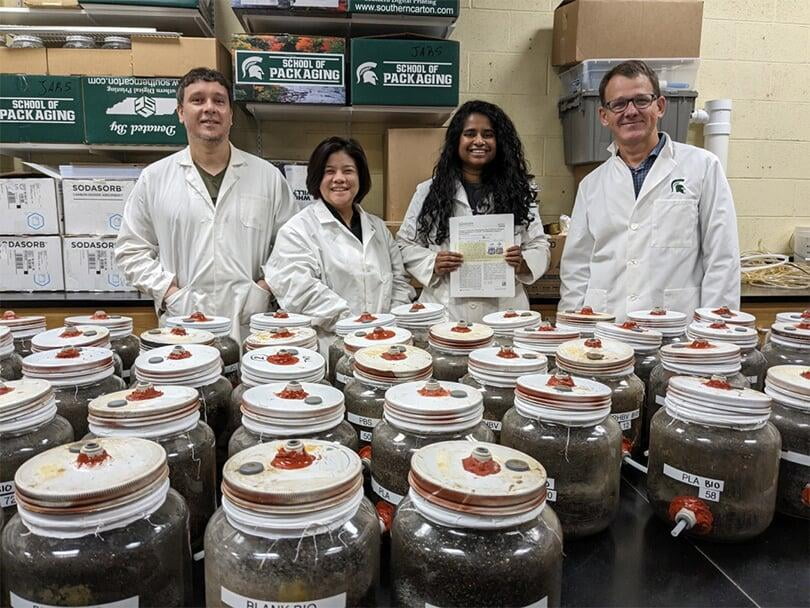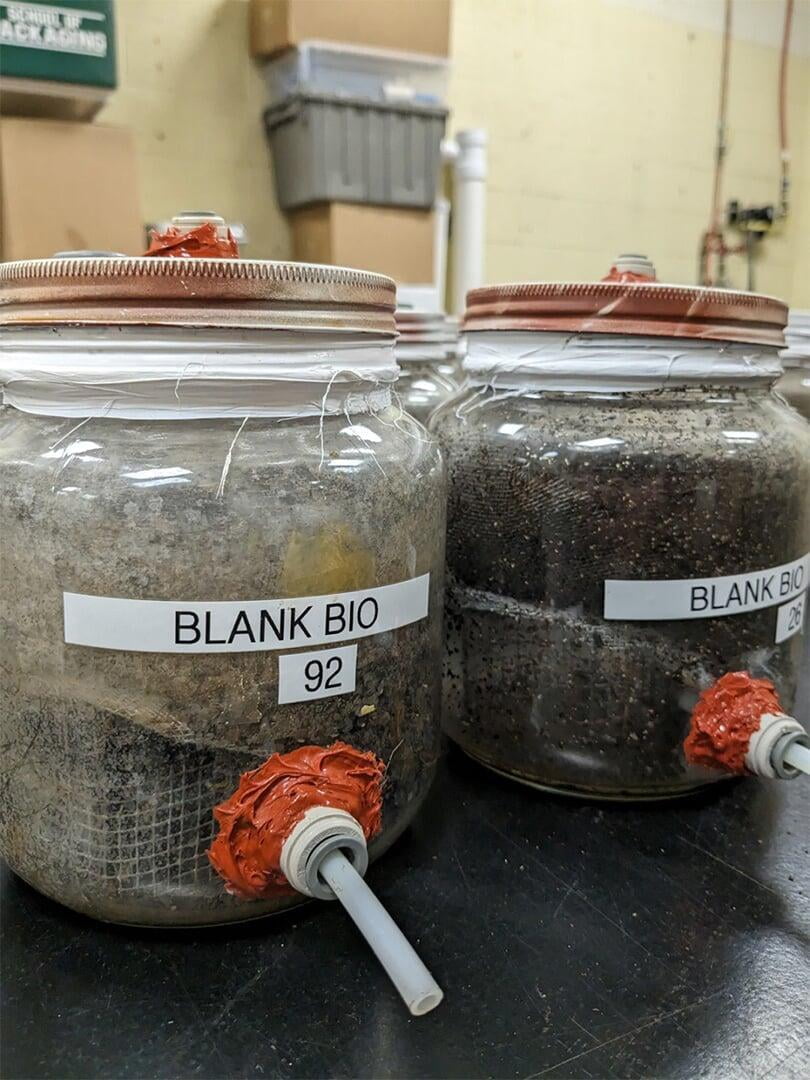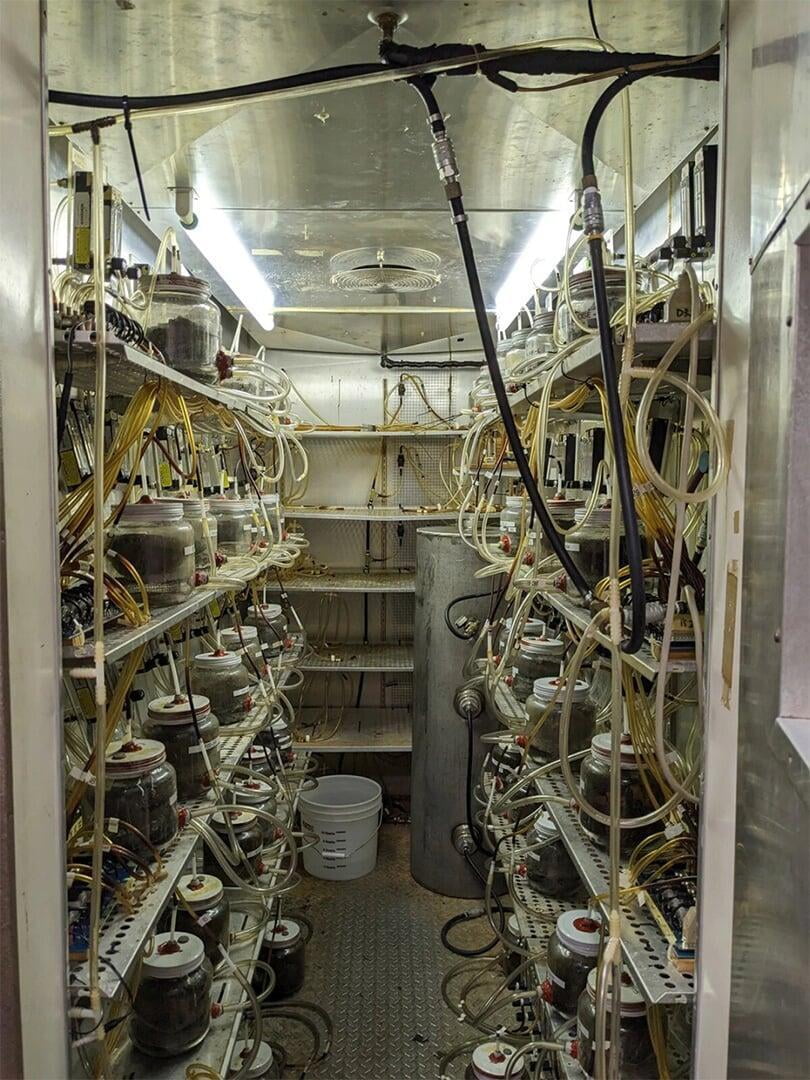Recently, Rafael Auras' team at Michigan State University's Packaging Institute has created a PLA and thermoplastic starch blend that can be composted in home and industrial settings. This work was published in the journal ACS Sustainable Chemistry and Engineering.
In the United States, less than 10 percent of plastic waste is recycled. This means that the majority of plastic waste ends up as garbage or trash, causing economic, environmental and even health problems.
By developing biodegradable and compostable products, we can divert some of the waste and reduce the amount of waste going into landfills, Auras said. Another benefit is that plastics destined for compost bins do not need to be cleaned of food contaminants, a major obstacle to effective plastic recycling. Recycling facilities often must choose between spending time, water and energy cleaning dirty plastic waste or simply throwing it away.
The team is using PLA, a polylactic acid that has been used in packaging for more than a decade, which is derived from plant sugars rather than petroleum. If managed properly, the waste byproducts of PLA are naturally occurring water, carbon dioxide and lactic acid.
In addition, researchers know that PLA can biodegrade in industrial compost piles. These composts create conditions more conducive to breaking down bioplastics than home composting, such as higher temperatures. However, the idea of making PLA compostable at home seems impossible for some people. This is because microbes cannot attack and consume PLA properly. It must be broken down to the point where it can be used as food.
In fact, many industrial composts still shun accepting bioplastics such as PLA. In experiments supported by the U.S. Department of Agriculture and the MSU AgriLife Research Center, the team showed that PLA can sit idle for 20 days before microbes begin to digest it under industrial compost conditions.
To eliminate this lag time and make home composting possible, Auras and his team integrated a carbohydrate-derived material called thermoplastic starch into PLA. Among other benefits, the starch gives the composting microbes something they can eat more easily when the PLA degrades.
"When we talk about adding starch, it doesn't mean we're just dumping starch in the PLA matrix," said Pooja Mayekar, the report's first author, who is a PhD student in Auras' lab group. "It's about finding the sweet spot for starch so that PLA can degrade better without compromising other properties."
Fortunately, postdoctoral researcher Anibal Bher was already formulating different PLA-thermoplastic starch blends to see how they would maintain the strength, clarity, and other desirable properties of conventional PLA films.
Working with PhD student Wanwarang Limsukon, Bher and Mayekar looked at how these different films break down during the composting process under different conditions.
Pooja Mayekar says it is really easy to blame plastic for the problem, but we need to change the discussion on how to manage it. Through this work, the team hopes to help educate people and raise awareness of the issue. They have reason to believe they can change attitudes. After all, no one mocks the idea of potentially composting at home anymore.

The team behind the new compostable bioplastic developed at Michigan State University includes, from left, postdoctoral researcher Anibal Bher, Ph.D. students Wanwarang Limsukon and Pooja Mayekar, and Amcor Endowed Chair in Packaging Sustainability Rafael Auras.

A close-up view shows a bioreactor built by Michigan State University's Auras Laboratory to conduct biodegradation experiments. Bioreactors are basically large glass tanks with pipes to measure the gases produced during the composting process.

In this conditioning chamber in Rafael Auras' lab at Michigan State University, researchers can regulate composting conditions, including temperature, humidity, and airflow, while measuring the carbon dioxide produced by microorganisms as they digest material in the bioreactor.

